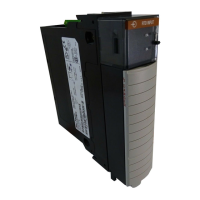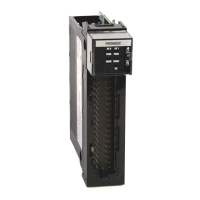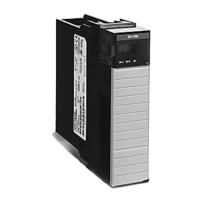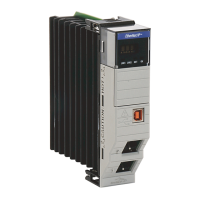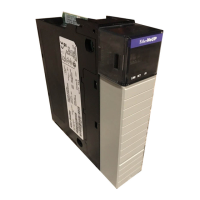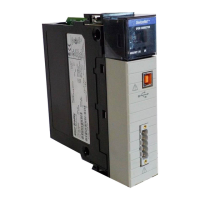78 Rockwell Automation Publication 1756-UM058G-EN-P - November 2012
Chapter 4 Diagnostic Module Features
Pulse Test
Pulse test is a feature found on diagnostic output modules that can verify output-
circuit functionality without actually changing the state of the output load
device. A short pulse is sent to the targeted output circuit. The circuit should
respond as it would if a real change-of-state command was issued, but the load
device does not transition.
See page 227
in Appendix C for instructions on performing a pulse test with a
CIP Generic Message instruction.
The table explains how a pulse test can be used to perform a preemptive diagnosis
of possible future module conditions.
Consider the following when using the pulse test:
• Only use the test when the output state does not transition for long periods
of time. Normal diagnostics will catch faults if the outputs are transitioning
regularly.
• When first performing the pulse test, verify that the load will not
transition. You should be at the actual load while the test is performed.
Objective Pulse Test Description
Detect a blown fuse before it
happens
The Blown Fuse diagnostic can be used only when an output module is in the On
state. However, you can use a pulse test when an output module is in an Off state to
determine whether operating conditions may cause a blown fuse.
When you perform a pulse test on a module in the Off state, the output point is
commanded to be On briefly. Although no diagnostic bits are set in the output data
echo, the pulse test reports a failure if the conditions when the point is On indicate a
blown fuse may occur. See Point-level Fault Reporting
on page 70.
The pulse test does not guarantee a fuse will blow
when the output point turns On. It merely indicates a
blown fuse is possible.
Detect a No Load condition
with an output On
No Load detection can only detect a fault when an output point is in the Off state.
However, you can use a pulse test when an output module is in an On state to
determine whether operating conditions for a point may cause a No Load condition.
If you perform a pulse test on an output point while it is in the On state, the output
point is commanded to be Off briefly. The pulse test reports a failure because
conditions when the point is Off indicate the possible absence of a field device; in this
case, though, the No Load bit will not be set. See Point-level Fault Reporting
on
page 70.
The Pulse Test does not guarantee the absence of a
load. It merely indicates a No Load condition is
possible.
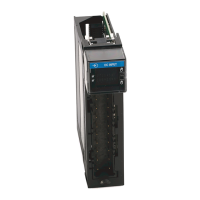
